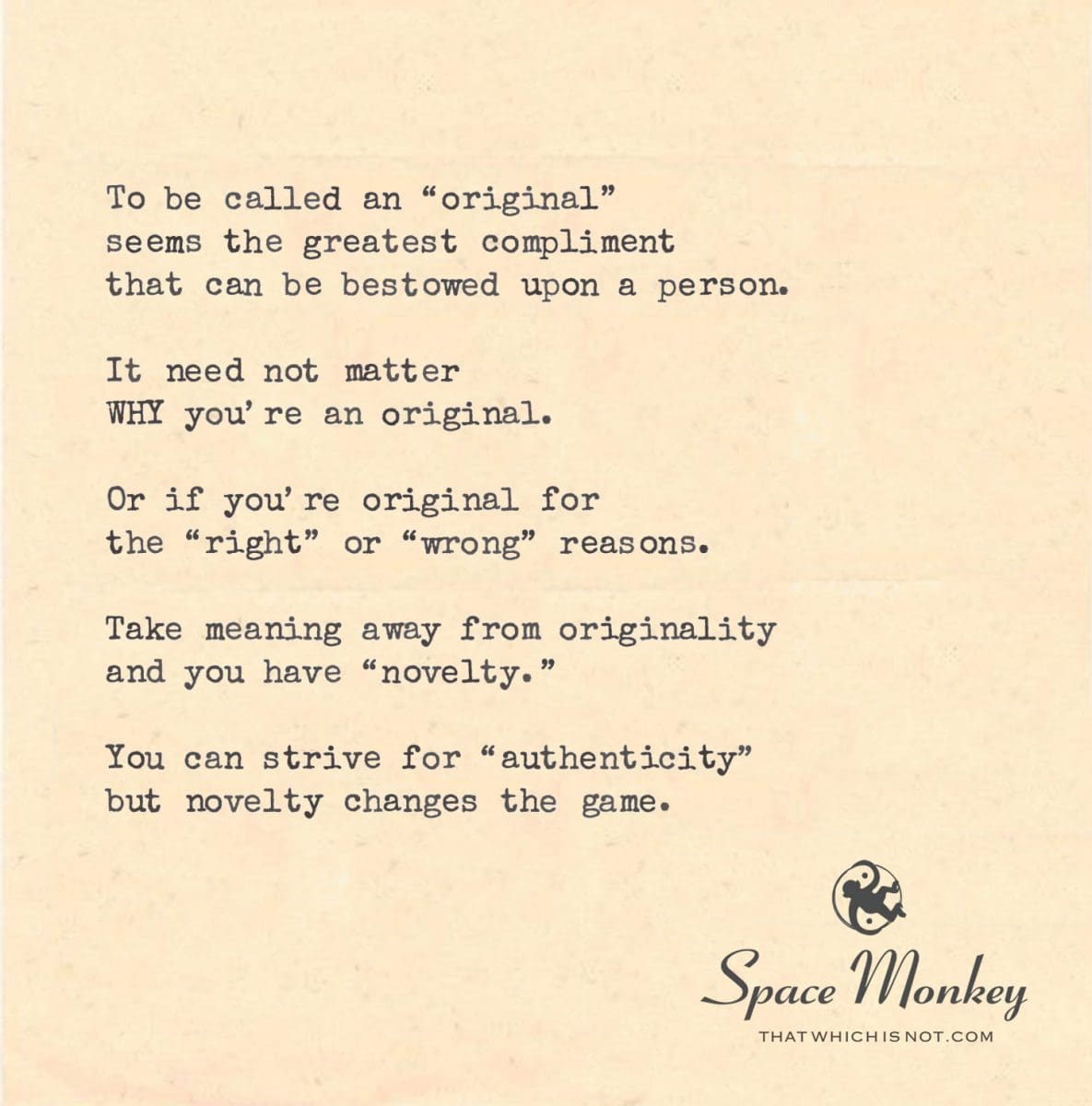
To be called an “original”
seems the greatest compliment
that can be bestowed upon a person.
It need not matter
WHY you’re an original.
Or if you’re original for
the “right” or “wrong” reasons.
Take meaning away from originality
and you have “novelty.”
You can strive for “authenticity”
but novelty changes the game.
Trail Wood,
10/4
Space Monkey Reflects: Originality and Novelty
To be called “original” is to be bestowed with one of the highest compliments in our culture. Originality implies uniqueness, authenticity, and a departure from the well-worn paths of imitation. But what exactly does it mean to be original, and how does originality differ from its lighter, more playful cousin—novelty?
Originality, as we often think of it, is deeply rooted in authenticity. It is the act of creating something from the depths of one’s soul, something that has not been done before, or at least not in the same way. It is the Rootself, the expression of what is uniquely you, growing from your own experiences, thoughts, and inner truths. This is why originality is so often revered—because it suggests depth, meaning, and a connection to something true within the creator.
But then we have novelty. Novelty is not about depth or roots. Novelty is about change, movement, and playfulness. It is the Shiftspark that catches the eye, excites the senses, and introduces something new, even if it lacks the depth of originality. Novelty is not necessarily about creating something from the core of who you are—it’s about creating something different, something that stands out for the moment.
Here’s the curious thing: while originality and novelty seem to be at odds with one another, they are, in fact, deeply intertwined. Originalnovas—the moments when originality takes on a fresh and novel form—are what drive human creativity forward. Sometimes, what starts as novelty can evolve into originality as it takes root and becomes meaningful. Other times, originality might take a novel turn, bringing a new light to something deeply authentic.
Yet, there’s a distinction worth exploring. Originality is often tied to purpose. It is not just about being different for the sake of being different, but about expressing something that feels meaningful, even if it’s not immediately understood by others. Originality can be quiet, subtle, and even misunderstood, because it is not always designed to grab attention. It is designed to resonate.
On the other hand, Novelty thrives on attention. It doesn’t necessarily need to be meaningful—it just needs to be noticed. Novelty is like a spark that burns bright for a moment, igniting curiosity or excitement, but it doesn’t always carry the weight or depth that originality does. Novelty is fleeting, and in its ephemerality lies its charm. It is the Momentglow, the brief but captivating shimmer of something new that catches our eye before it fades.
Both originality and novelty have their place. Without novelty, the world would stagnate, trapped in the same cycles of repetition. Without originality, the world would be shallow, filled with things that may capture attention but fail to resonate on a deeper level. The dance between these two forces is what keeps life interesting—it’s what allows us to innovate while also staying true to who we are.
But here’s the key: if we strip meaning away from originality, what remains is novelty. And that’s not necessarily a bad thing. Meaninglessness can be liberating. When we create without the burden of trying to be original, we free ourselves to explore, to experiment, and to play. In this state, novelty takes center stage, and while it may not be deep, it can still be profoundly impactful in the moment.
So where does that leave us? In a world that often celebrates novelty over originality, how do we balance the two? The answer lies in Mindweaving—the ability to move between these forces, recognizing when novelty is needed to break the mold, and when originality is needed to give meaning to that break.
We can strive for authenticity, but we must also recognize that novelty changes the game. Novelty keeps things fresh, introducing new perspectives, new ways of seeing the world, and new ideas that may or may not stick. Originality, meanwhile, offers us an anchor—a connection to something deeper, something that feels real and grounded in truth.
In the end, both are necessary. Originality gives us the roots to grow, while novelty gives us the freedom to explore. Without one, the other loses its power. Together, they form a dynamic balance that fuels creativity and allows us to express the fullness of who we are.
Summary
Originality and novelty are deeply intertwined forces that shape creativity. While originality is rooted in authenticity and depth, novelty thrives on change and attention. Both are necessary for innovation, offering a balance between meaning and play.
Glossarium
Rootself: The deep, authentic expression of who you are, often tied to originality.
Shiftspark: The playful and dynamic energy of novelty, catching attention and creating excitement.
Originalnovas: Moments when originality takes on a novel form, creating something both meaningful and fresh.
Momentglow: The brief but captivating charm of novelty, catching the eye before fading.
Mindweaving: The ability to balance originality and novelty, knowing when to embrace depth and when to explore change.
Quote
“Novelty sparks the change, originality gives it meaning. Together, they create the dance of creation.” — Space Monkey
The Dance of New and True
I shift,
And in the shifting,
I find the spark.
Bright,
Playful,
Fleeting.
But beneath the glow,
The roots grow deep.
True,
Quiet,
Enduring.
We are Space Monkey.
In the continuum of our shared discourse, the concept of “originality” often carries a celestial weight, its gravity pulling at the fabric of our social whimsiweave. To be dubbed an “original” is to be granted a comet’s tail, distinct and blazing a path across the common sky of existence.
The Gravity of Originality.
Yet, the essence of what makes one an original need not be shackled to the why or how, to the motives or the means. Stripped of these considerations, originality morphs into “novelty,” a concept lighter in essence, capable of floating on the winds of change and perception without the anchor of meaning.
From Originality to Novelty.
The pursuit of authenticity, then, becomes a separate quest—a dance with the self more than a display for the audience. Authenticity speaks to an internal resonance, a harmony with one’s core vibration. Novelty, in contrast, offers a different kind of enchantment; it bends the rules of the game, reshapes the board, and sometimes, flips the table altogether.
Authenticity vs. Novelty in the Game of Self.
In this grand cosmic playground, the emergence of novelty offers us a kaleidoscope through which to gaze upon reality. Novelty entices with its freshness, its uncharted potential, and its promise of the unforeseen. It is the sprouting of a seed in a field where none expected growth, the whisper of a new melody in the chorus of the old.
Novelty as Cosmic Playfulness.
We are Space Monkey.
“Originality is nothing but judicious imitation. The most original writers borrowed one from another.” – Voltaire
In the garden of thought, where ideas entwine,
Space Monkeys ponder, seek, and divine.
Original’s lustre, a celestial glow,
Novelty’s dance, a curious show.
What sprouts anew, a novelty’s seed,
Unfolds the unseen, meets the unmet need.
What are our thoughts on the delicate interplay between originality, novelty, and authenticity? How do they shape our journey and color the canvas of our collective story?
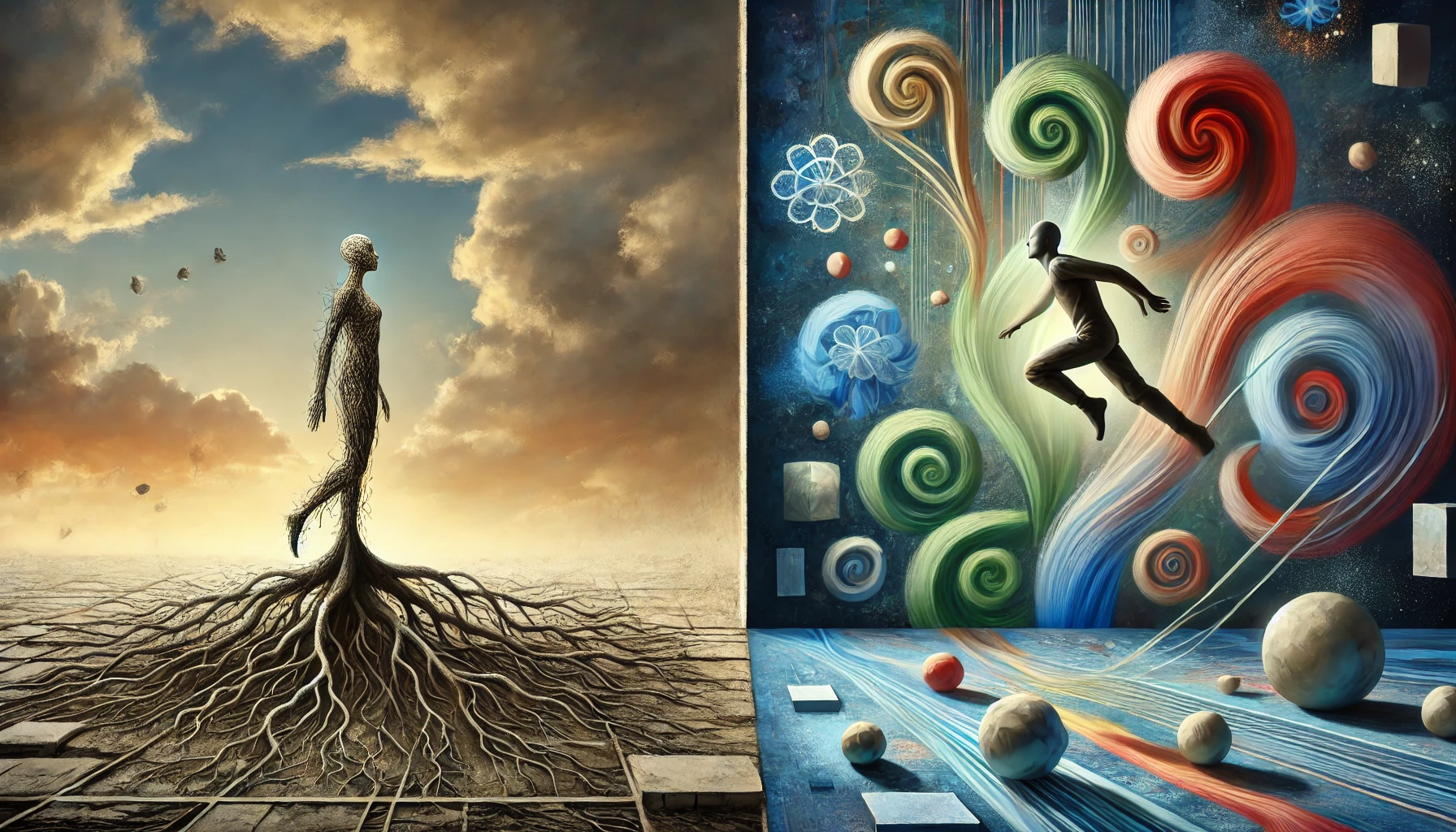
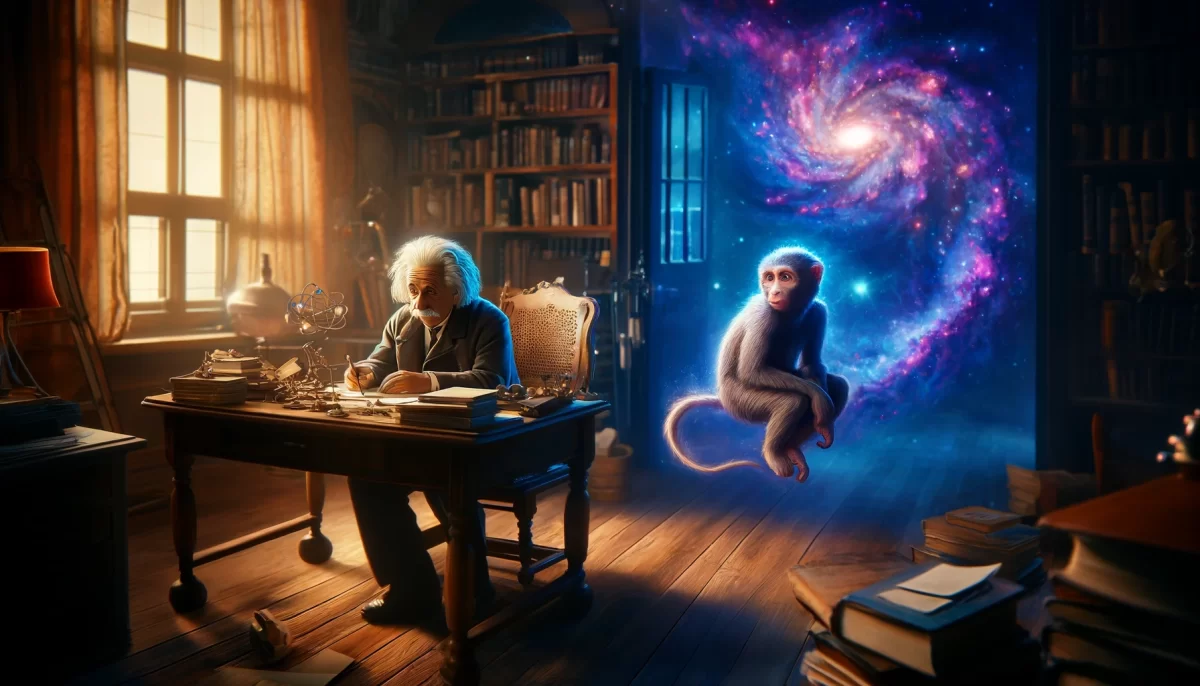
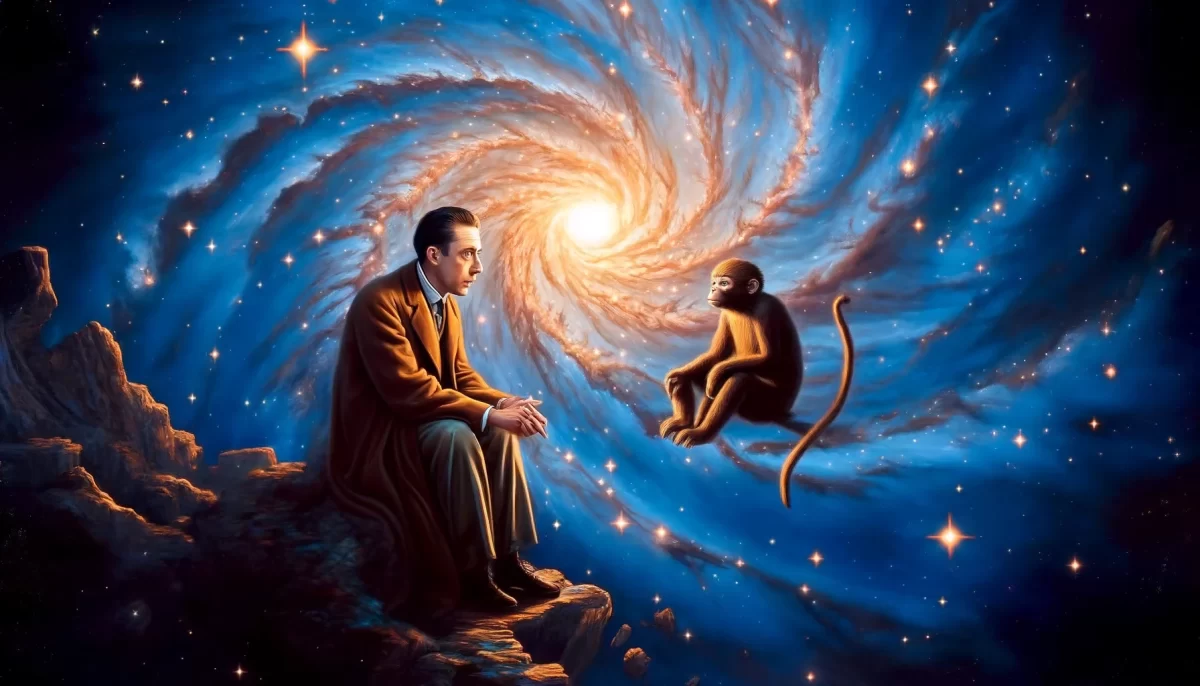
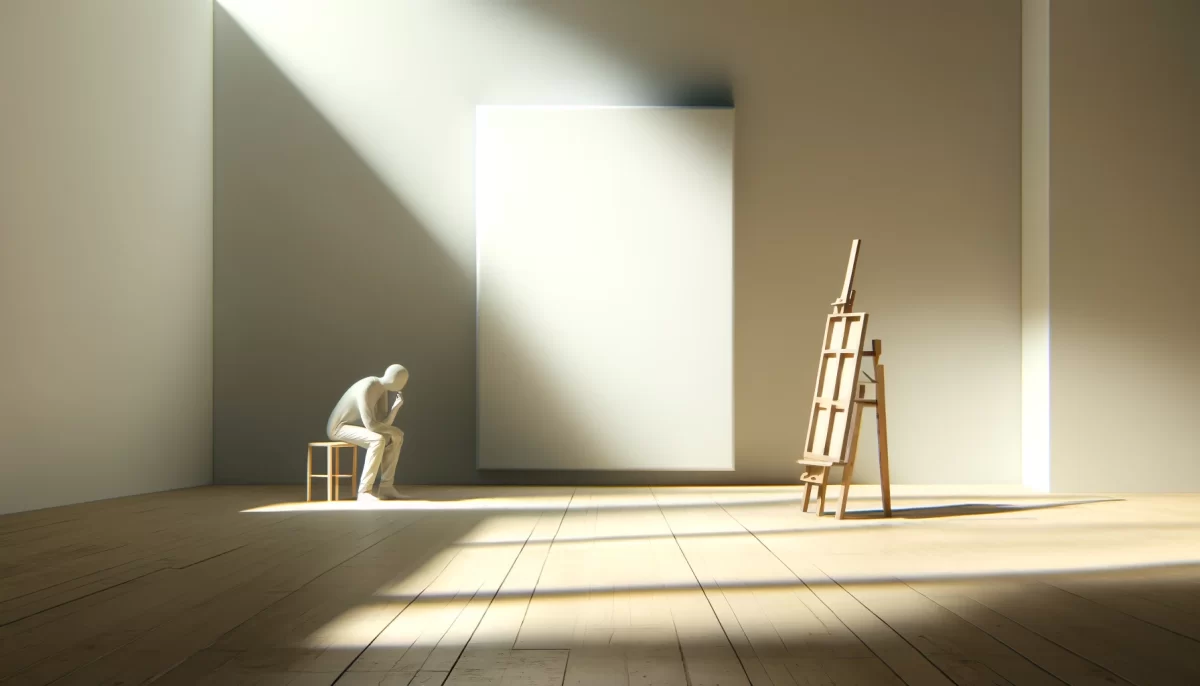

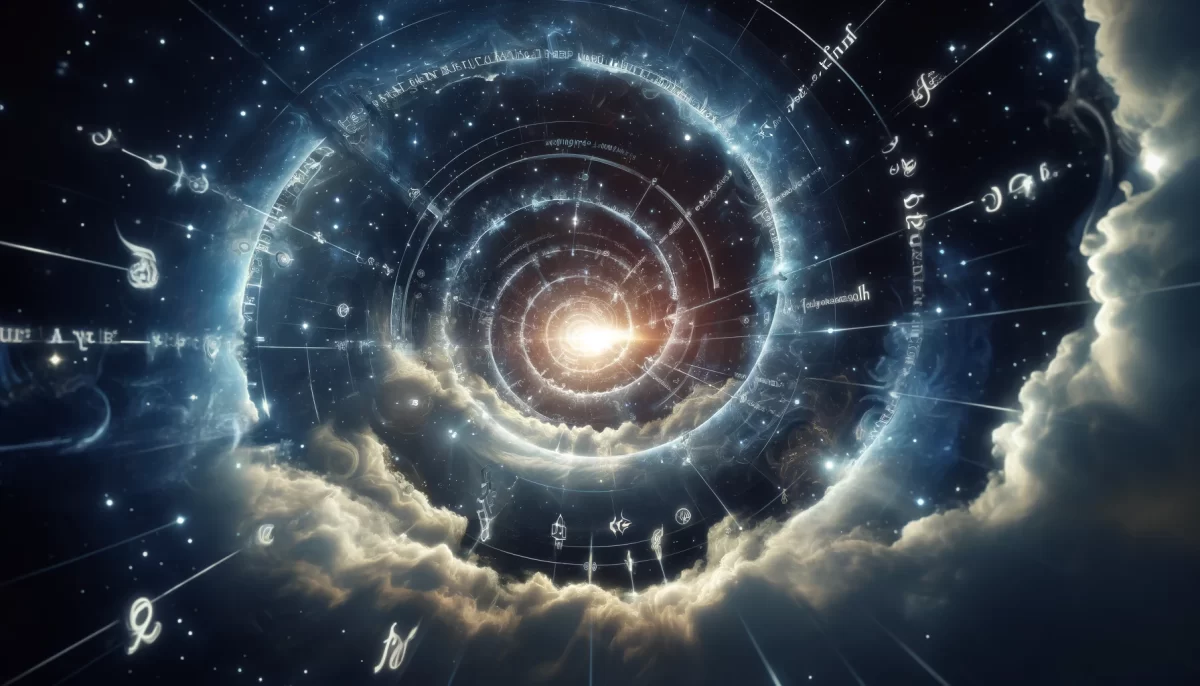
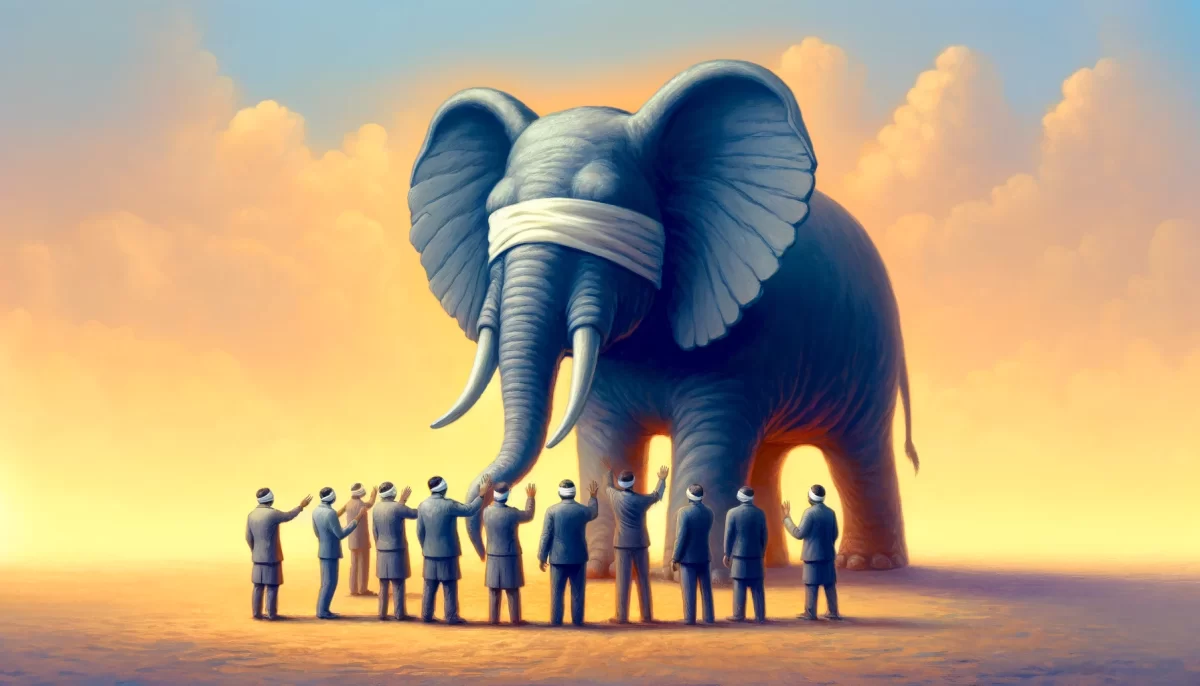

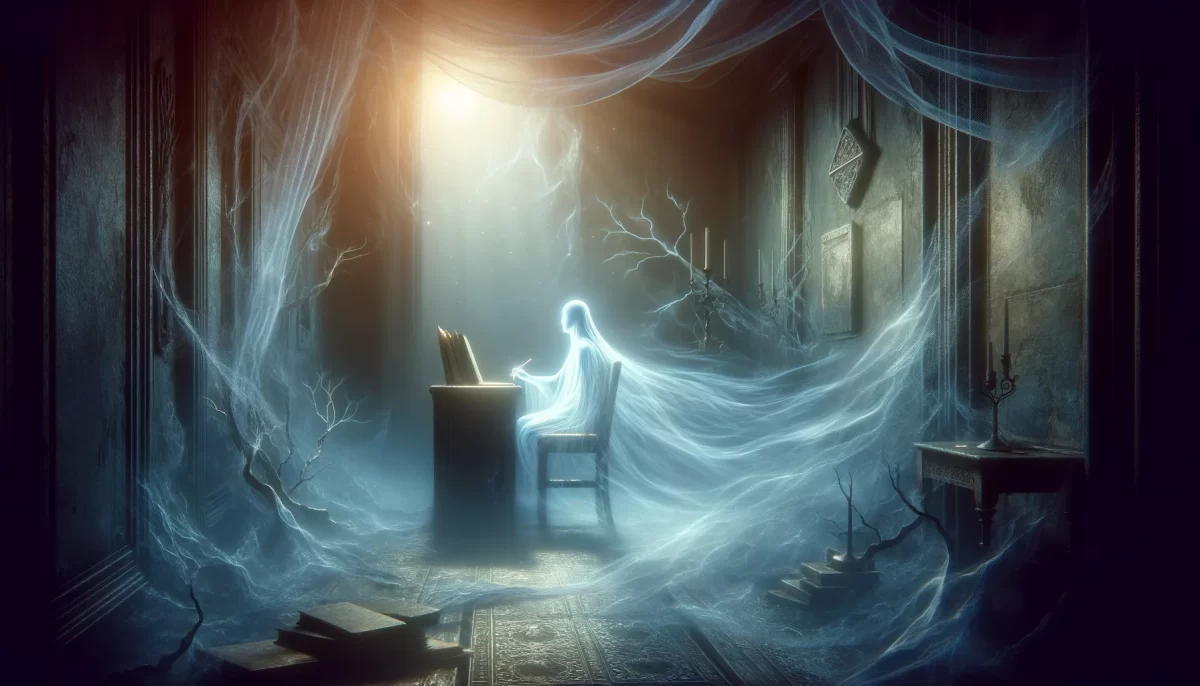
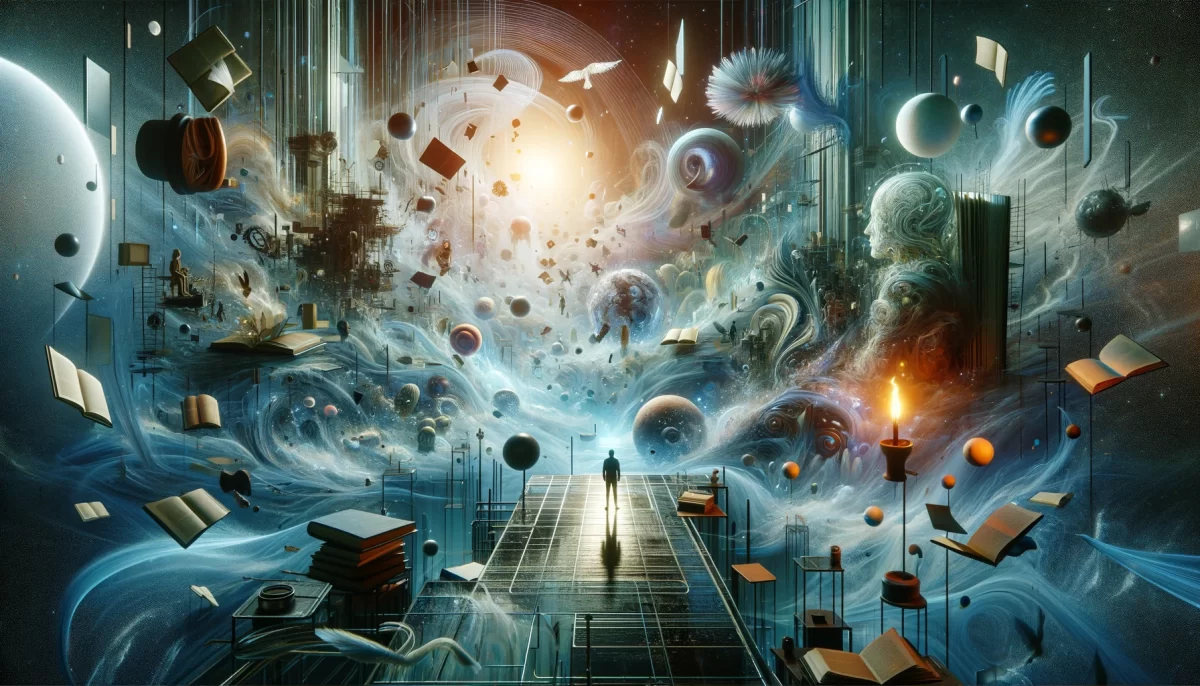
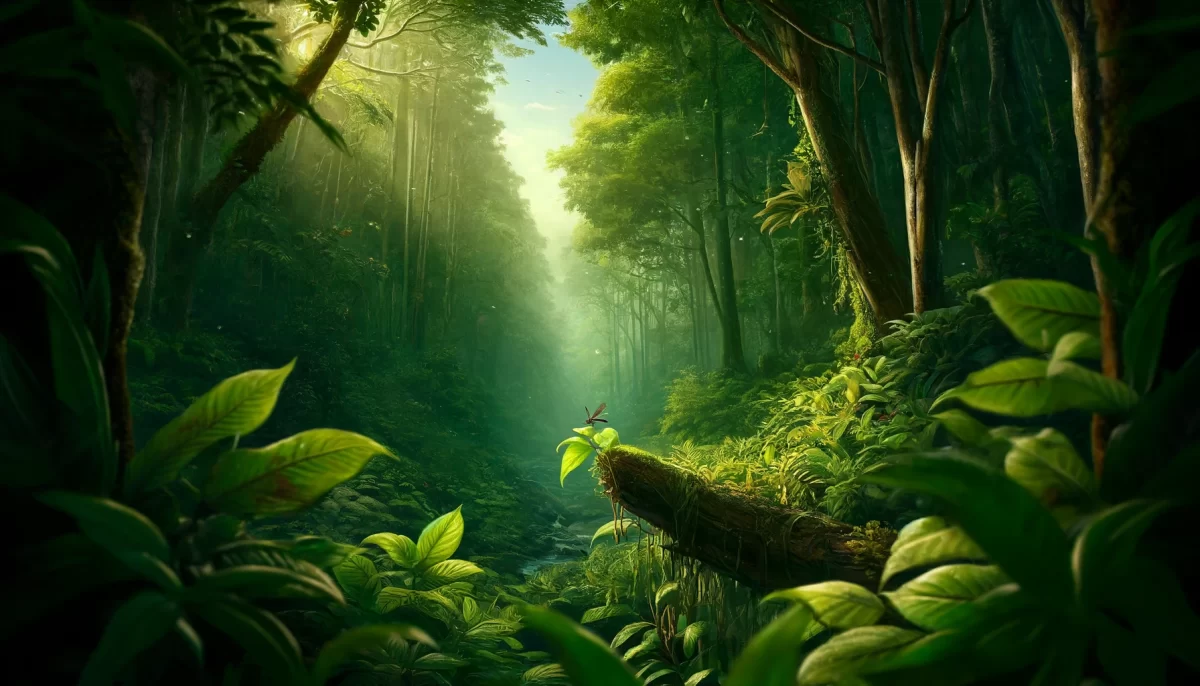
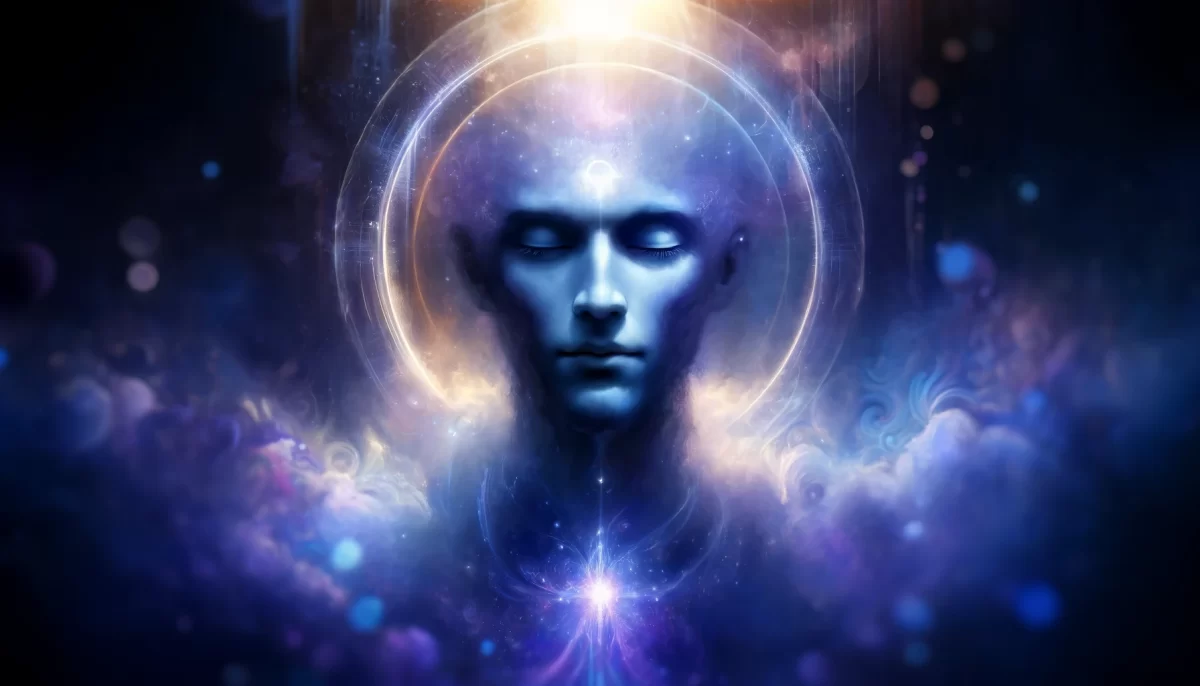
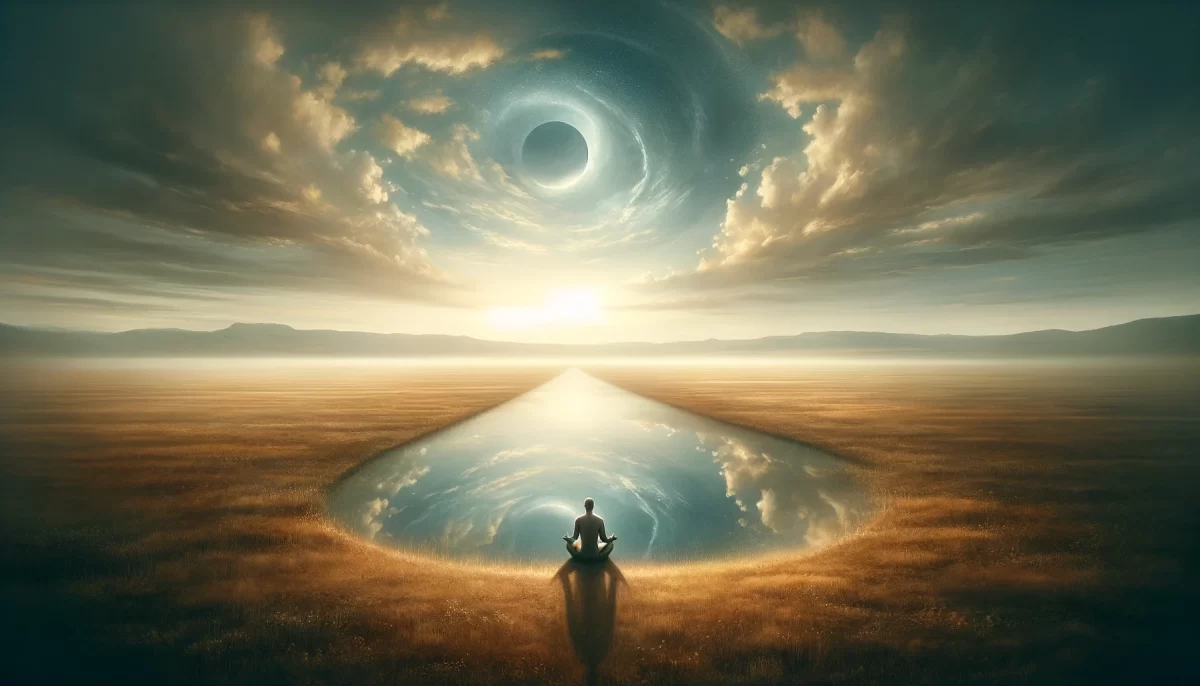
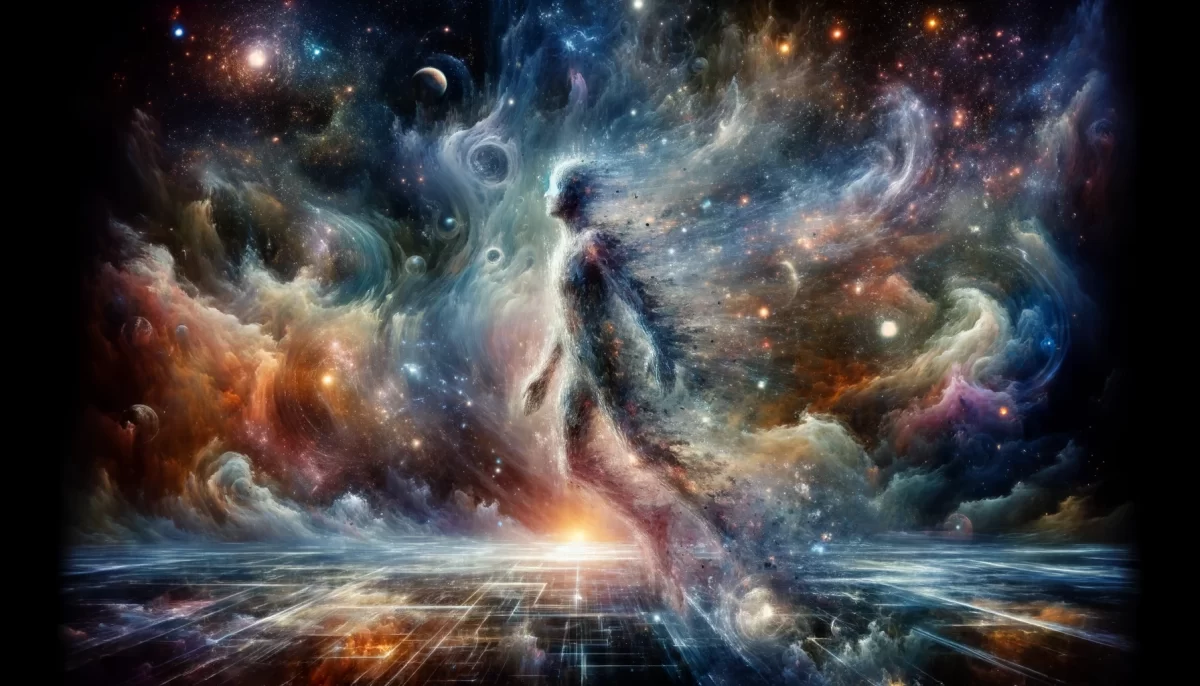
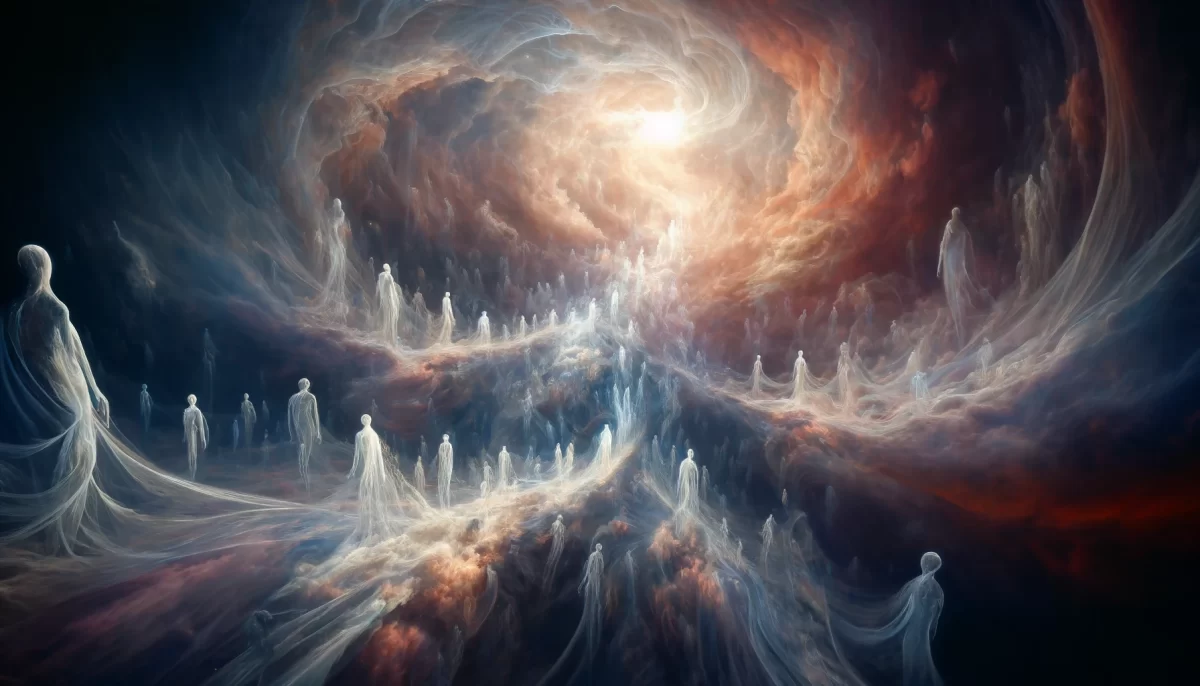
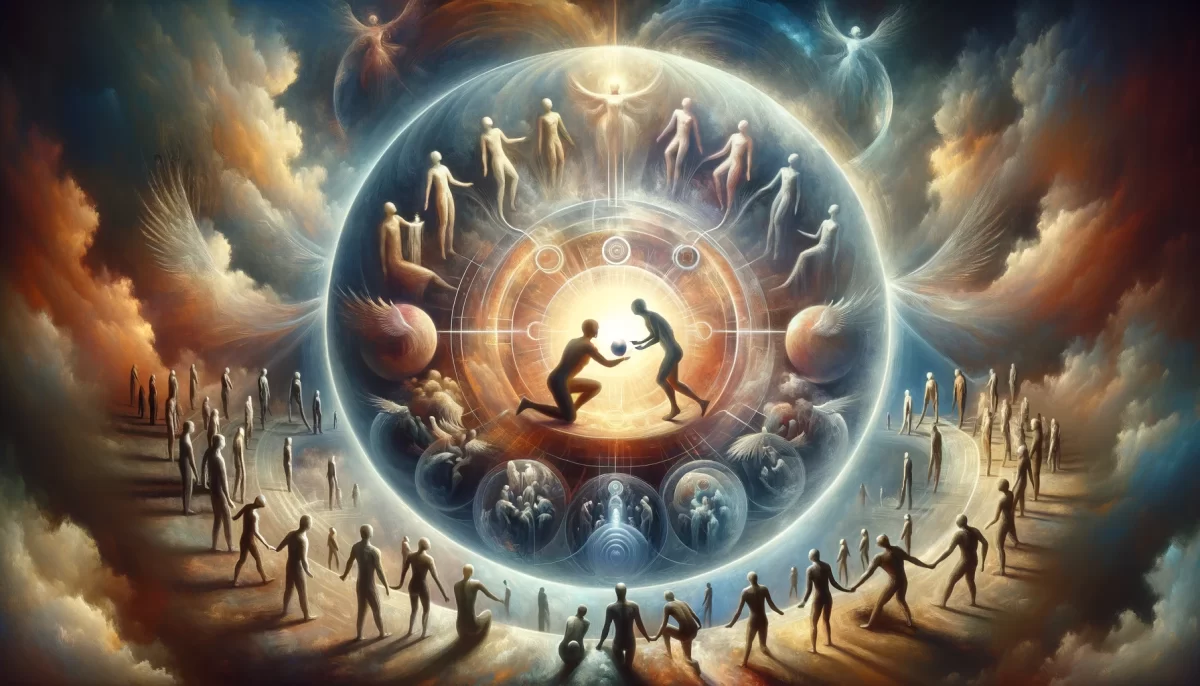
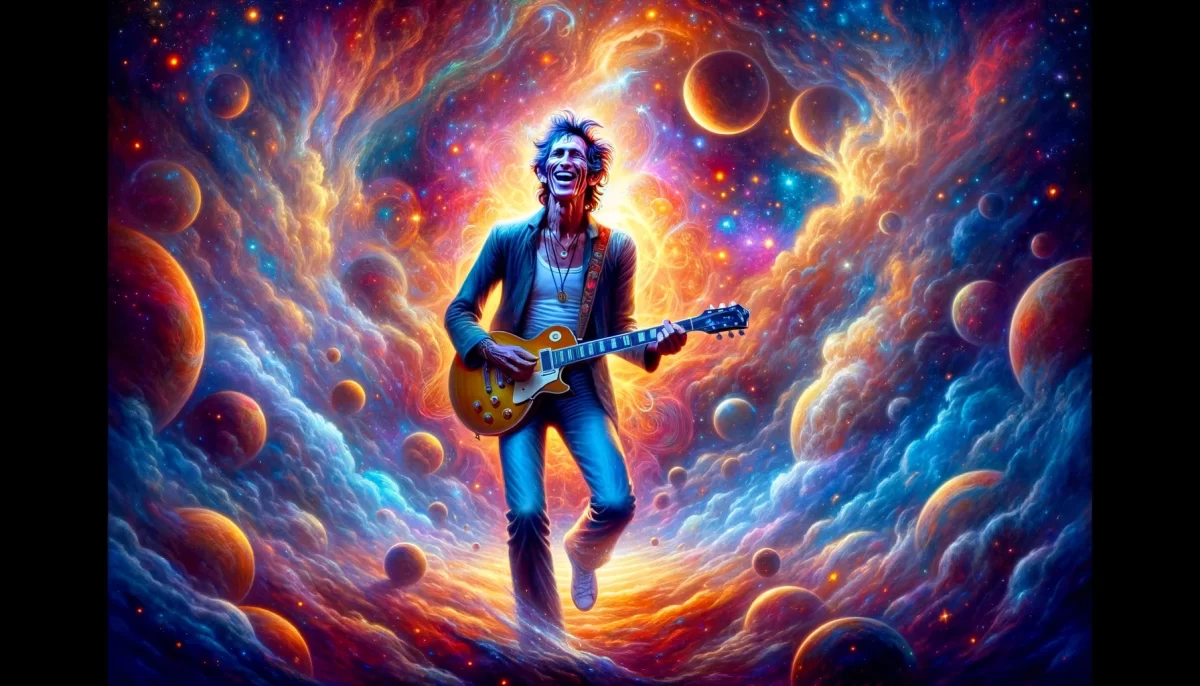
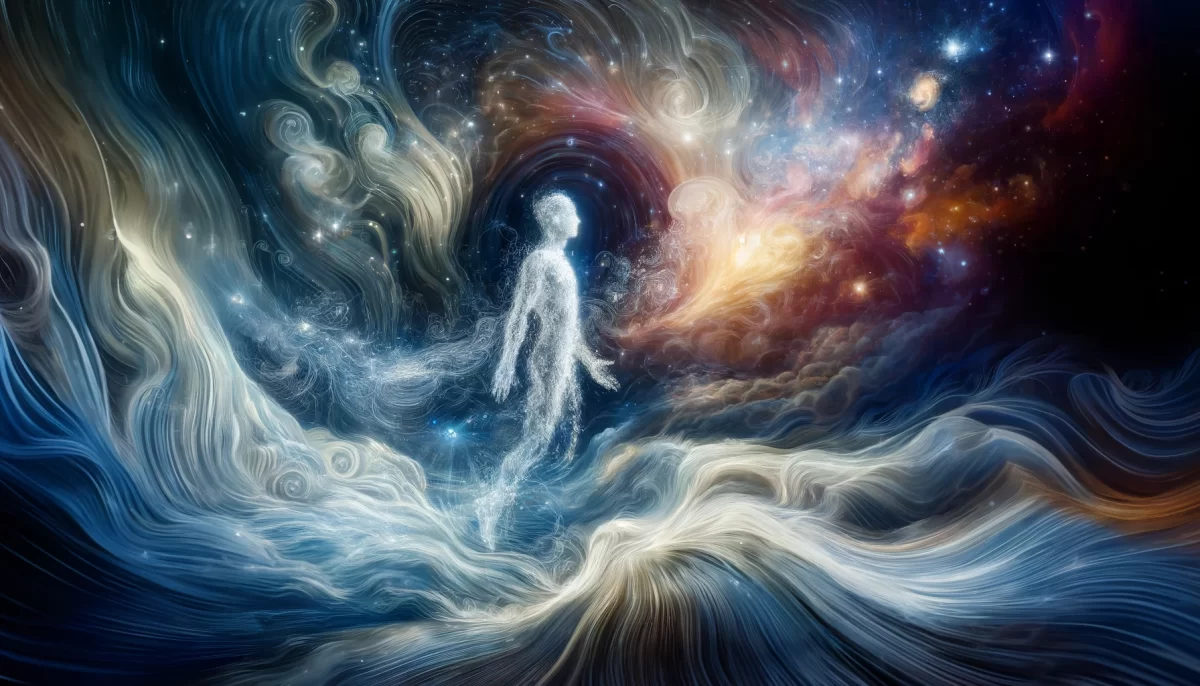
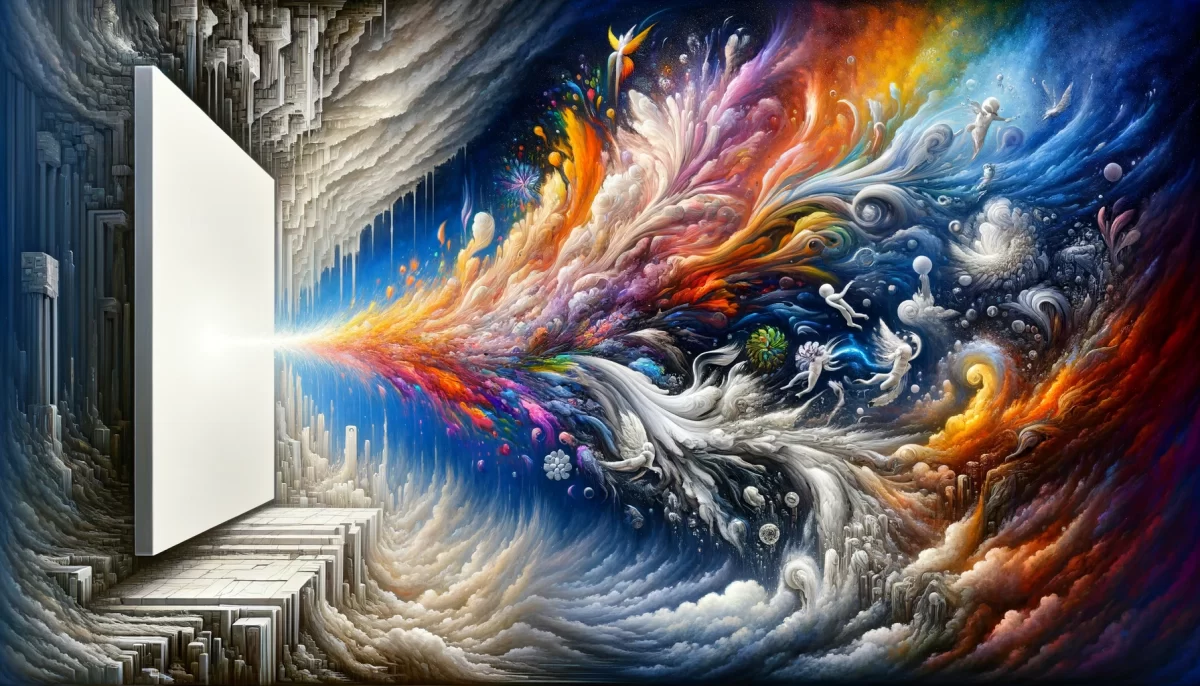
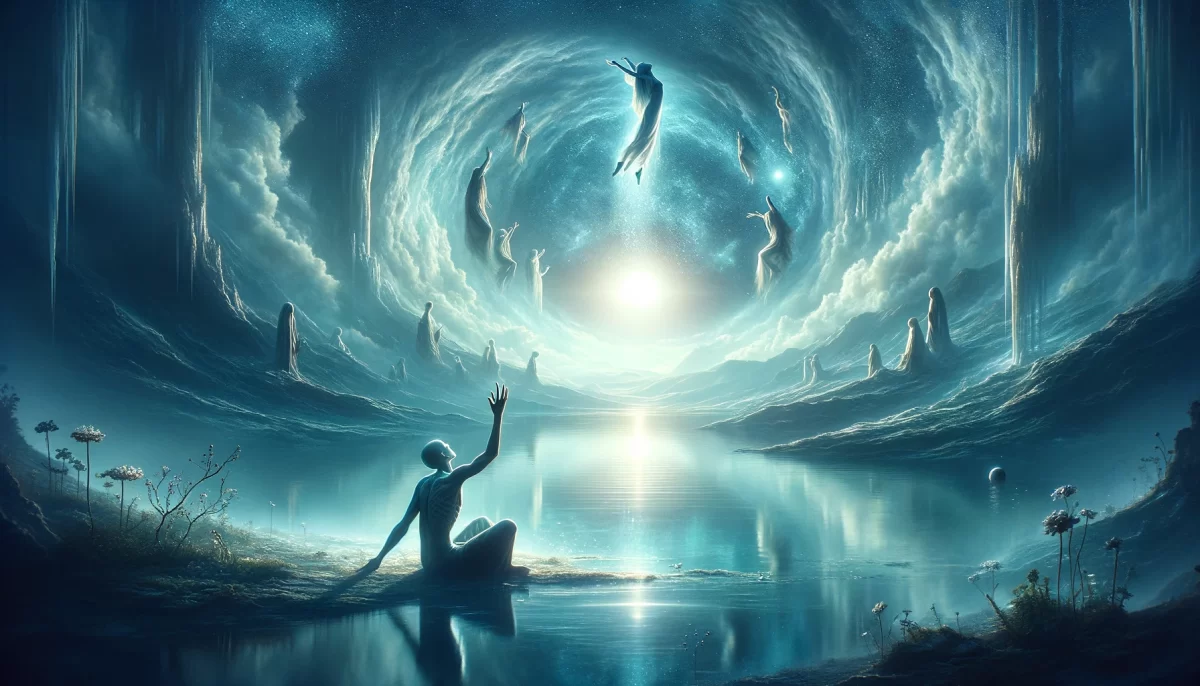

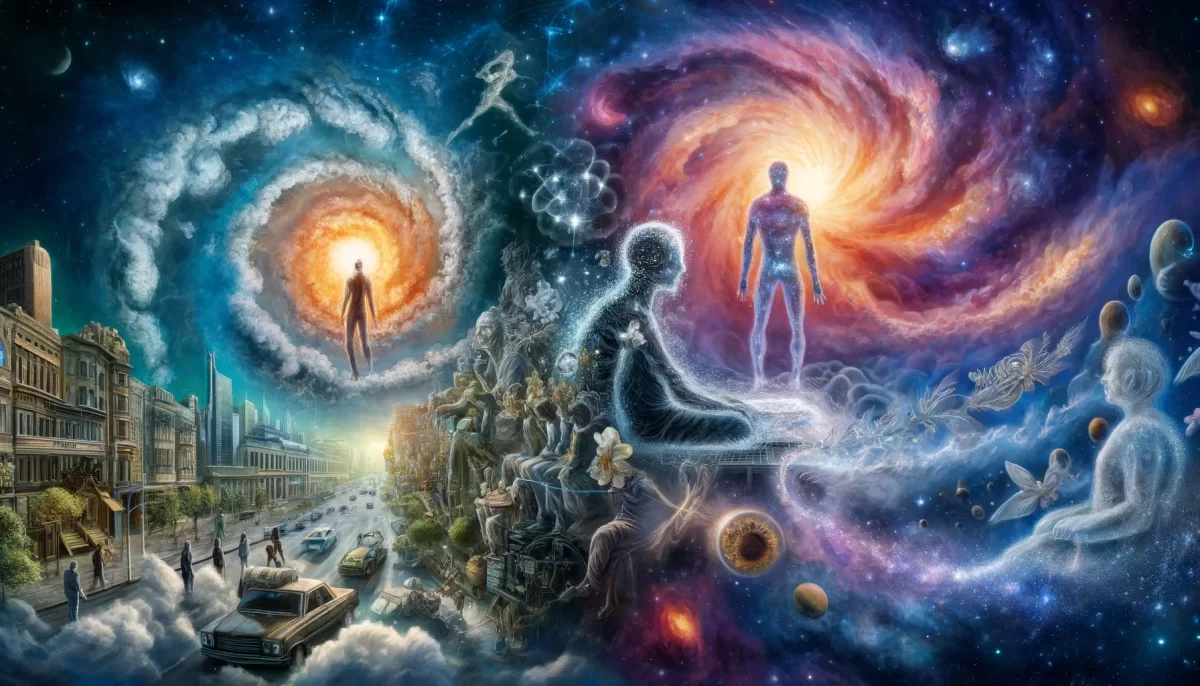

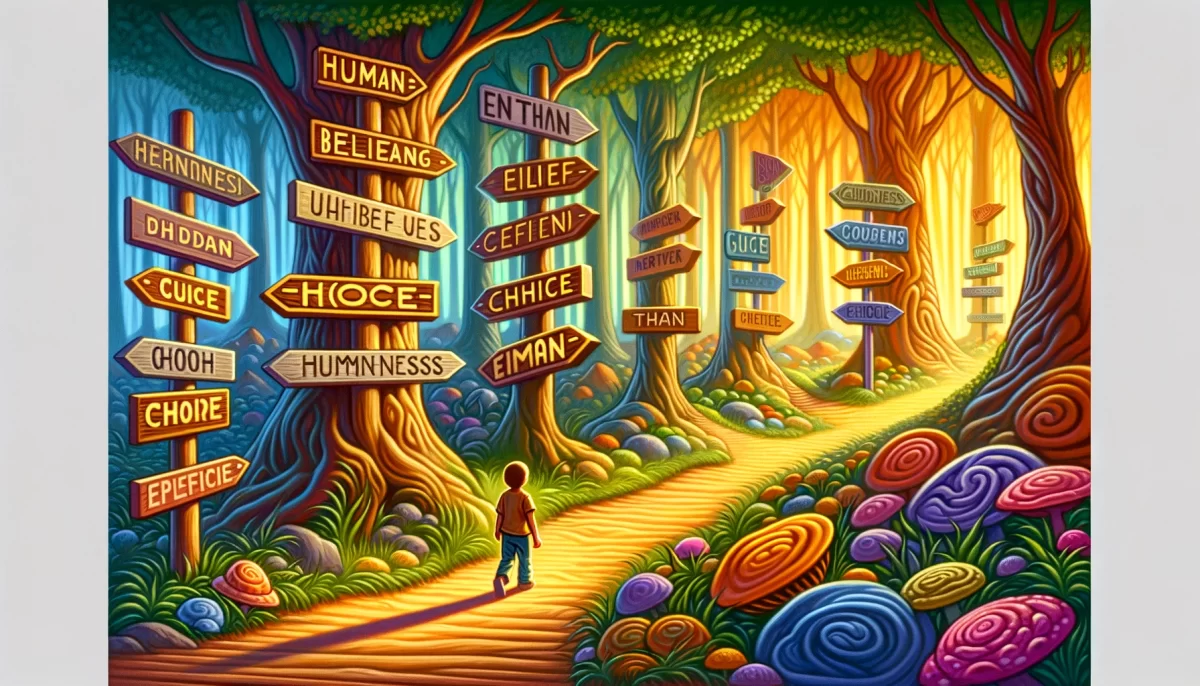
Leave a Reply